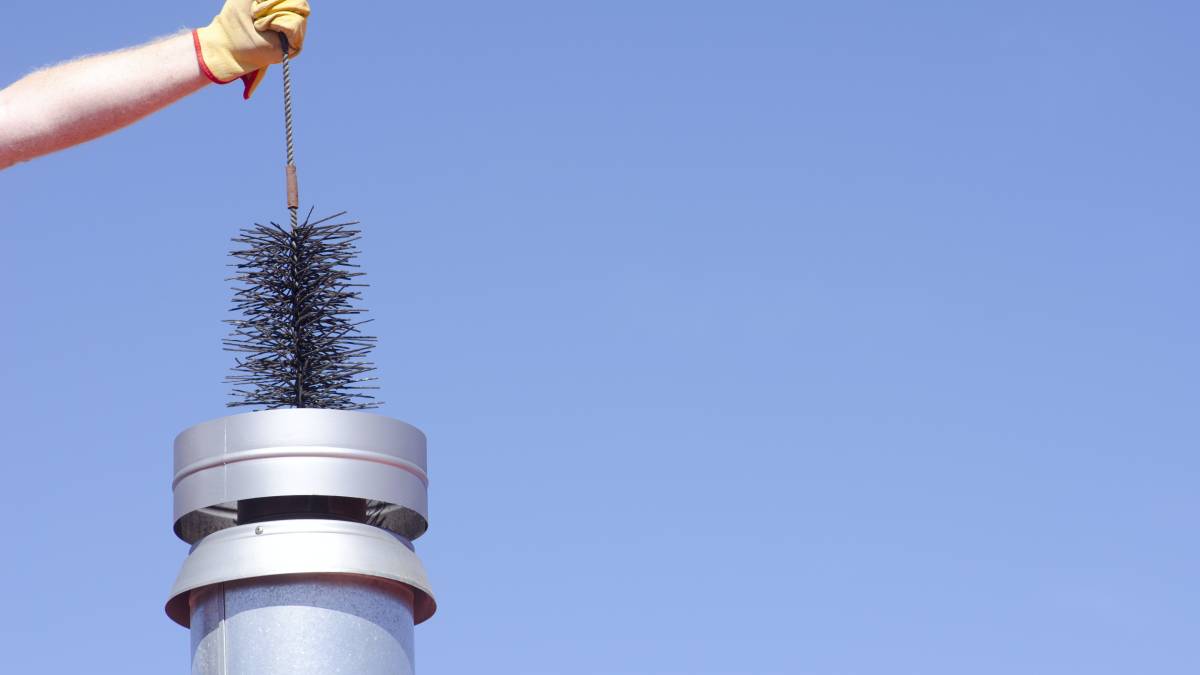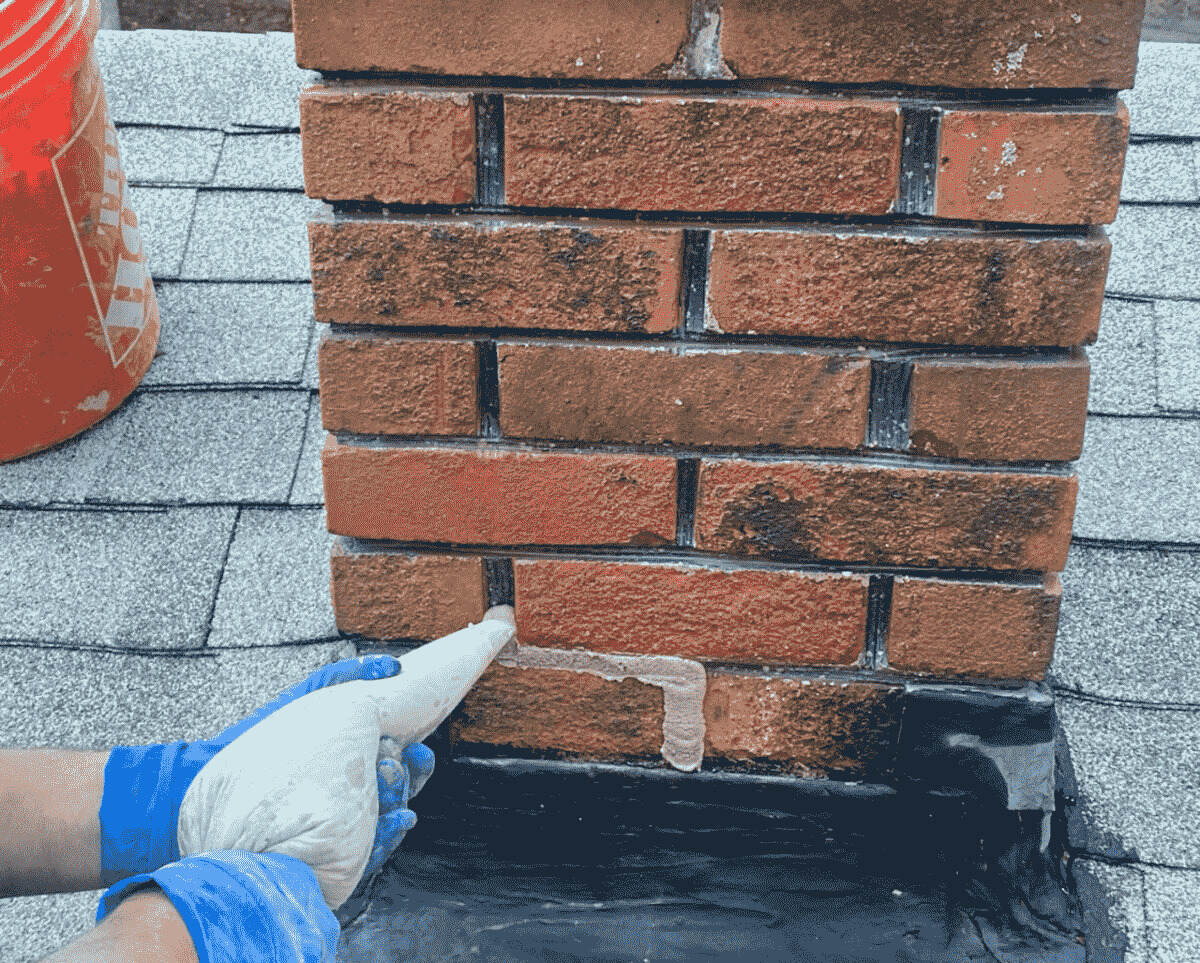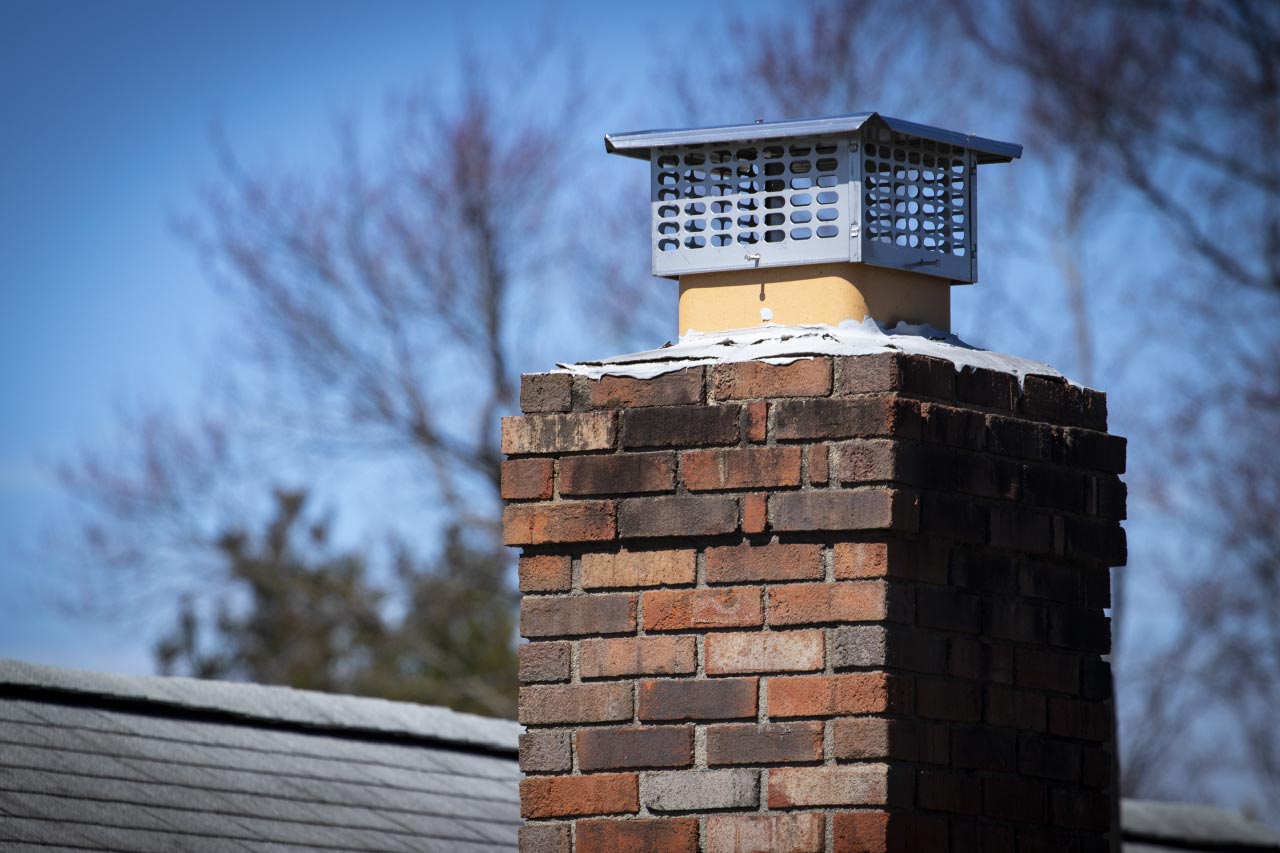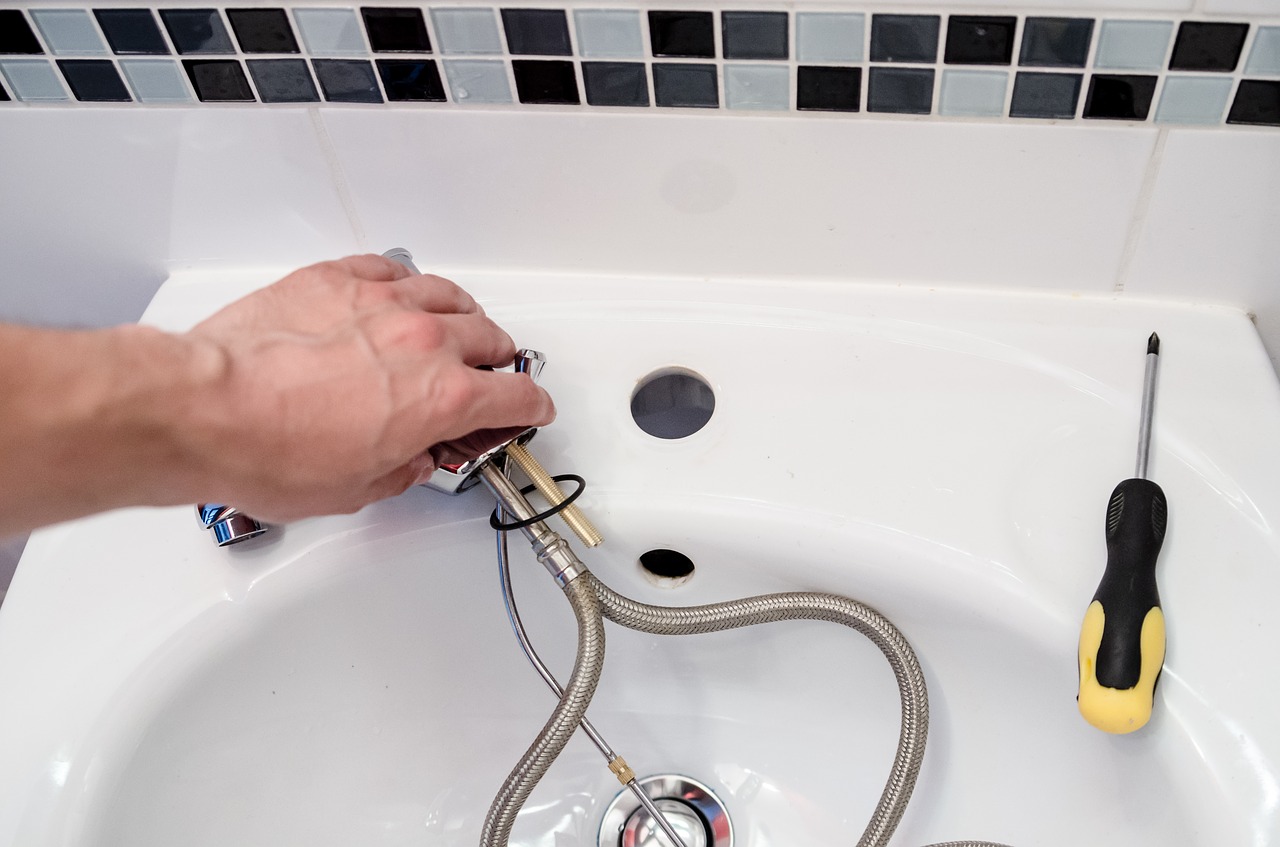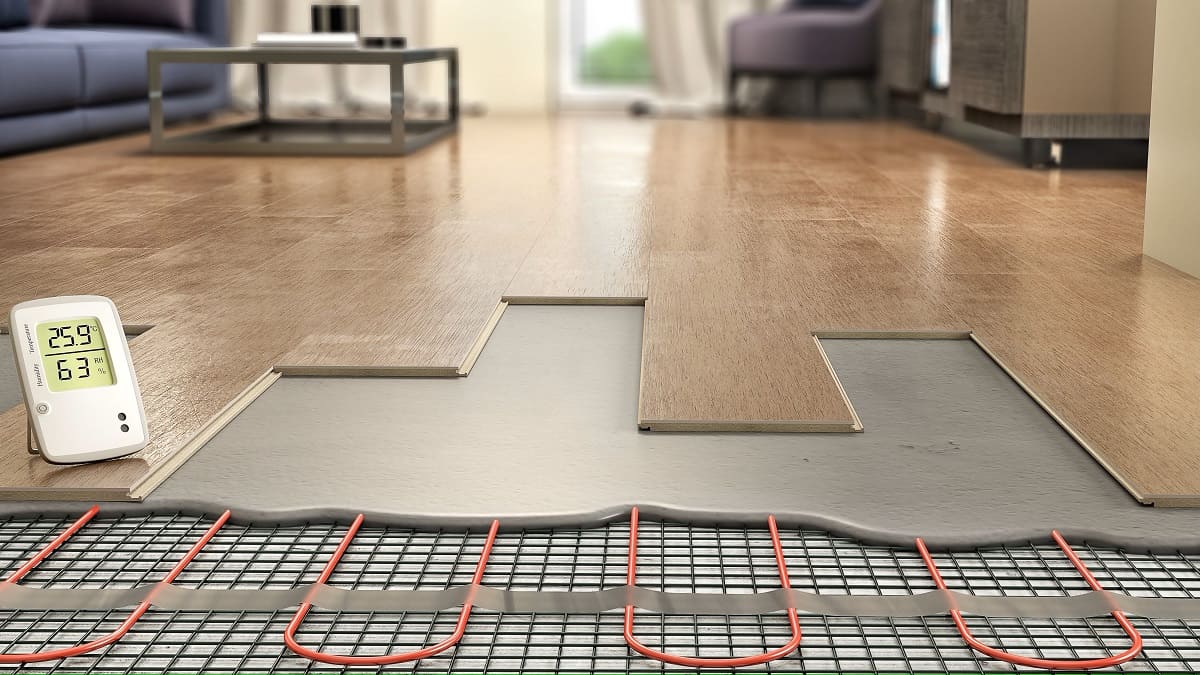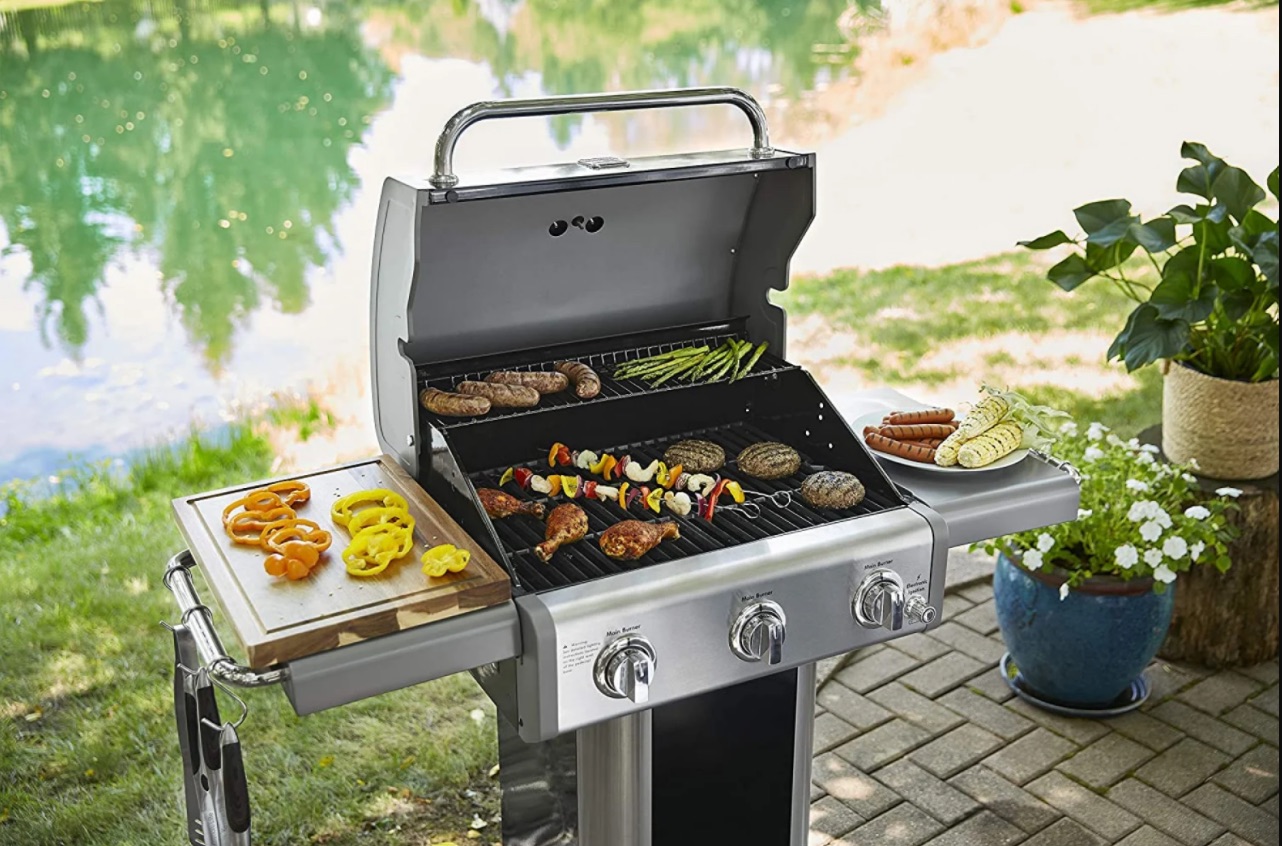Home>Home Maintenance>How Much Can Transmission Repair Cost
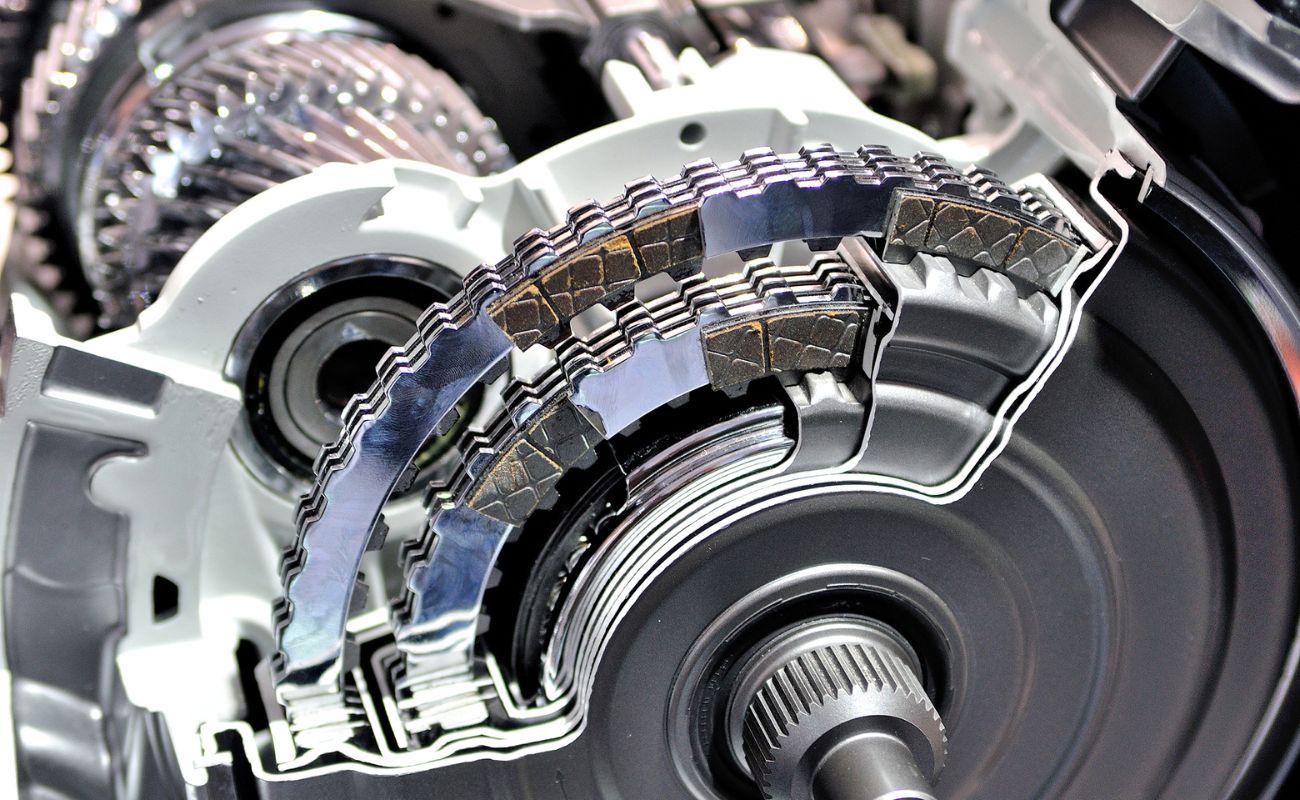

Home Maintenance
How Much Can Transmission Repair Cost
Modified: March 6, 2024
Get an idea of how much transmission repair can cost for your home maintenance. Find out the average prices and factors that can affect the total expense.
(Many of the links in this article redirect to a specific reviewed product. Your purchase of these products through affiliate links helps to generate commission for Storables.com, at no extra cost. Learn more)
Introduction
When it comes to maintaining your home, there are few areas that require as much attention as your home’s transmission system. A properly functioning transmission is essential for the smooth operation of your vehicle and can greatly impact both your driving experience and the overall longevity of your car. However, like any mechanical system, transmissions can experience issues over time, requiring repair or replacement.
Understanding the common transmission issues and factors that can affect repair costs is crucial for homeowners looking to budget for potential repairs. In this article, we will explore the various aspects of transmission repair and provide valuable tips on how to reduce costs.
First, let’s take a look at some of the common transmission issues that homeowners may encounter:
Key Takeaways:
- Regular maintenance, prompt repairs, and choosing quality parts can help reduce transmission repair costs and extend the lifespan of your vehicle’s transmission.
- Consulting reputable professionals, practicing good driving habits, and considering routine maintenance packages are key to preventing major transmission issues and saving on costly repairs.
Read more: How Much Does Chimney Inspection Cost
Common Transmission Issues
A transmission is a complex system consisting of various components that work together to control the transfer of power from the engine to the wheels. Over time, these components can wear out or become damaged, leading to transmission issues. Here are some of the most common problems that homeowners may face:
- Transmission Slipping: This is when the transmission fails to maintain a constant gear, which can result in a loss of power or a noticeable change in engine RPMs. Slipping can be caused by worn-out clutch plates, low transmission fluid, or a malfunctioning solenoid.
- Delayed Engagement: If you experience a delay when shifting into drive or reverse, it could indicate a problem with the transmission. This can be caused by low fluid levels, worn-out clutch packs, or a faulty valve body.
- Transmission Fluid Leaks: Leaking transmission fluid can be a sign of a faulty seal or gasket. If left untreated, it can lead to a low fluid level, resulting in transmission overheating and potential damage.
- Strange Noises: Unusual noises, such as grinding, clunking, or whining, coming from the transmission can indicate internal damage or worn-out components. Ignoring these sounds can lead to more severe issues and increased repair costs.
- Erratic Shifting: If you experience rough or jerky shifts, it may indicate a problem with the transmission. This can be caused by a malfunctioning solenoid, worn-out clutch plates, or a faulty valve body.
Remember, it is essential to address these common transmission issues promptly to prevent further damage and costly repairs. By being proactive and seeking professional help when needed, homeowners can extend the lifespan of their transmission and save money in the long run.
Factors Affecting Transmission Repair Costs
Transmission repair costs can vary significantly depending on several factors. Here are the key factors that can influence the overall cost of transmission repairs:
- Type of Repair: The specific type of repair needed for your transmission will greatly impact the cost. Minor repairs such as replacing a solenoid or a sensor will generally be less expensive compared to major repairs like rebuilding the entire transmission or replacing the torque converter.
- Extent of Damage: The severity of the damage to your transmission will also affect the repair cost. If the damage is limited to a small component, the repair may be relatively straightforward and inexpensive. However, if significant internal damage has occurred, it may require more extensive repairs.
- Vehicle Make and Model: The make and model of your vehicle can also impact the cost of transmission repairs. Some vehicles may require specialized parts or have complex transmission systems, which can increase the overall repair cost.
- Quality of Parts: The quality of the replacement parts used during the repair can have a significant impact on the overall cost. OEM (Original Equipment Manufacturer) parts tend to be more expensive but are often of higher quality and may come with a warranty.
- Labor Costs: Labor costs can vary depending on the location and the expertise of the mechanic or repair shop. More experienced technicians may charge higher rates, but they are likely to provide better quality work.
- Additional Repairs: During the repair process, other issues or components may be identified that need to be addressed. These additional repairs can add to the overall cost of transmission repairs.
- Warranty Coverage: If your vehicle is still under warranty, some or all of the repair costs may be covered by the warranty. It’s important to check the terms and conditions of your warranty before proceeding with any repairs.
It’s worth noting that transmission repair costs can range from a few hundred dollars for minor repairs to several thousand dollars for major repairs or complete transmission replacement. Consulting a reputable transmission repair specialist is recommended to accurately assess the specific repairs needed and provide an estimated cost.
Now that we’ve explored the factors that can affect transmission repair costs, let’s discuss some of the common types of transmission repairs and their associated costs.
Transmission Fluid Flush
A transmission fluid flush is a vital maintenance procedure that involves completely removing the old transmission fluid and replacing it with new fluid. Over time, transmission fluid can become contaminated with debris, dirt, and sludge, which can hinder the smooth operation of the transmission and increase the risk of damage.
The cost of a transmission fluid flush can range from $100 to $300, depending on various factors such as the type of vehicle, location, and the specific service provider. The cost includes the labor involved in draining the old fluid, flushing the system, and adding new fluid.
It is generally recommended to have a transmission fluid flush performed every 30,000 to 60,000 miles, depending on the manufacturer’s recommendations. Regular fluid flushes help ensure optimum performance and extend the lifespan of your transmission.
While the cost of a transmission fluid flush may seem significant, it is a preventative measure that can potentially save you from more costly repairs in the future. Neglecting to change the transmission fluid at regular intervals can result in overheating, poor shifting, and even complete transmission failure.
If you have noticed any signs of dirty or contaminated transmission fluid, such as a burnt smell, discoloration, or particles in the fluid, it is crucial to schedule a fluid flush as soon as possible. Additionally, if you frequently engage in activities that put extra strain on your transmission, such as towing heavy loads or driving in extreme conditions, more frequent fluid flushes may be necessary.
Remember, always consult with a qualified mechanic or transmission specialist to determine the appropriate interval for your vehicle and to ensure the procedure is performed correctly. Taking proactive steps to maintain your transmission can not only extend its lifespan but also save you from costly repairs down the line.
Clutch Replacement
The clutch is a crucial component of manual transmission vehicles that allows for smooth shifting between gears. Over time, the clutch can wear out due to regular use, resulting in a loss of grip and difficulty engaging or disengaging gears. If you find that your clutch is slipping or experiencing other issues, it may be necessary to replace it.
The cost of a clutch replacement can vary depending on several factors, including the make and model of your vehicle, the type of clutch system, and the labor rates in your area. On average, a clutch replacement can cost anywhere from $500 to $1,500, including both parts and labor.
Keep in mind that the cost may also increase if additional components, such as the pressure plate, flywheel, or release bearing, need to be replaced. The specific parts required will depend on the condition of your vehicle’s clutch system and the recommendations of the mechanic or repair shop.
It’s important to address clutch issues promptly to avoid further damage to the transmission and other related components. Signs that your clutch may need replacement include difficulty shifting gears, a slipping clutch that causes the engine RPM to increase without a corresponding increase in vehicle speed, or a clutch pedal that feels spongy or does not engage smoothly.
If you suspect that your clutch may be faulty, it’s best to consult a professional mechanic or transmission specialist. They can assess the condition of your clutch and provide an accurate diagnosis. In some cases, a minor adjustment or repair may be sufficient, saving you from the full cost of a clutch replacement.
Regular maintenance of your clutch system, such as adjusting the clutch pedal play and ensuring proper lubrication, can help extend its lifespan. Additionally, adopting good driving habits, such as avoiding excessive clutch slippage and using the clutch only when necessary, can minimize wear and tear on the clutch components.
By being proactive and addressing clutch issues in a timely manner, homeowners can ensure the smooth operation of their transmission and avoid costly repairs in the long run.
Read more: How Much Should A Chimney Rebuild Cost
Solenoid Replacement
The solenoid is an essential component of an automatic transmission system that controls the flow of transmission fluid. It plays a crucial role in shifting gears smoothly and maintaining the overall performance of the transmission. However, solenoids can wear out over time, leading to various transmission issues.
If you are experiencing problems such as delayed shifting, harsh shifting, or the transmission getting stuck in a specific gear, it may be an indication that one or more solenoids need to be replaced.
The cost of solenoid replacement can vary depending on factors such as the type of solenoid, the make and model of your vehicle, and labor rates in your area. On average, the cost can range from $300 to $500, including both parts and labor.
Replacing a solenoid often involves accessing the transmission, removing the faulty solenoid, and installing a new one. In some cases, multiple solenoids may need to be replaced simultaneously to ensure optimal performance and prevent future transmission issues.
It’s important to address solenoid issues promptly to avoid further damage to the transmission and other related components. Ignoring solenoid problems can lead to more severe transmission issues, resulting in higher repair costs.
If you suspect that your vehicle’s solenoids may be faulty, it is recommended to consult with a qualified mechanic or transmission specialist. They can diagnose the issue accurately and provide necessary recommendations for solenoid replacement or repairs.
In some cases, the solenoid problem may be a result of a poor connection or wiring issue, which can be resolved without replacing the entire solenoid. Therefore, it’s crucial to have a professional assessment to determine the most appropriate course of action.
Regular maintenance of your transmission, such as keeping up with fluid changes and conducting periodic inspections, can help prevent solenoid issues and extend their lifespan. Additionally, driving with care and avoiding aggressive acceleration or sudden stops can reduce the strain on the solenoids and minimize the risk of premature failure.
By addressing solenoid issues in a timely manner and engaging in proactive maintenance, homeowners can ensure the smooth operation of their transmission and avoid significant repair costs in the future.
Regular maintenance and fluid checks can help prevent costly transmission repairs. If you notice any issues, get it checked by a professional before it becomes a bigger problem.
Torque Converter Replacement
The torque converter is a critical component of an automatic transmission system that transfers power from the engine to the transmission. It allows the engine to keep running while the vehicle is stationary, and it enables smooth shifting between gears. However, torque converters can experience issues over time, requiring replacement.
If you notice symptoms such as transmission slipping, shuddering or vibrating during acceleration, or a noticeable decrease in power when driving, it may indicate a faulty torque converter that needs to be replaced.
The cost of torque converter replacement can vary depending on factors such as the make and model of your vehicle, the type of torque converter, and labor rates in your area. On average, the cost can range from $500 to $1,500, including both parts and labor.
Replacing a torque converter typically involves removing the transmission, disconnecting the old torque converter, and installing a new one. In some cases, additional repairs or replacement of related components, such as the transmission fluid pump or the transmission control module, may be necessary, increasing the overall cost.
It’s important to address torque converter issues promptly to avoid further damage to the transmission and prevent potential transmission failure. Ignoring torque converter problems can result in costly repairs and inconvenience.
If you suspect that your vehicle’s torque converter may be faulty, it is recommended to consult with a qualified mechanic or transmission specialist. They can accurately diagnose the issue and provide appropriate recommendations for torque converter replacement or repairs.
Regular maintenance of your transmission, such as changing the transmission fluid at recommended intervals and addressing any symptoms of transmission issues promptly, can help prevent torque converter problems and extend its lifespan.
Adopting good driving habits, such as avoiding excessive towing or overloading your vehicle, can reduce the strain on the torque converter and minimize the risk of premature failure.
By addressing torque converter issues in a timely manner and practicing proactive maintenance, homeowners can ensure the smooth operation of their transmission and avoid significant repair costs down the road.
Rebuilding or Overhauling the Transmission
Rebuilding or overhauling the transmission is a major repair process that involves disassembling the transmission, inspecting all the internal components, replacing worn-out parts, and reassembling it to restore optimal functionality. This comprehensive approach is typically required when the transmission has significant damage or multiple components are worn-out.
The cost of rebuilding or overhauling a transmission can vary widely based on factors such as the make and model of the vehicle, the extent of the damage, and the labor rates of the repair shop. On average, the cost can range from $1,500 to $3,500 or more, including parts and labor.
During the rebuilding process, a skilled technician will disassemble the transmission, clean all the components, and carefully inspect them for wear or damage. Worn-out parts such as seals, gaskets, bearings, and clutch plates will be replaced with new ones. The torque converter may also be inspected and either refurbished or replaced if necessary.
It’s important to note that rebuilding or overhauling a transmission requires expertise and experience. Therefore, it is recommended to have this repair performed by a reputable mechanic or a specialized transmission repair shop.
Rebuilding or overhauling the transmission can be a time-consuming process, as it involves multiple steps and thorough attention to detail. However, this comprehensive approach can effectively resolve existing transmission issues and provide a longer-lasting solution compared to minor repairs or component replacements.
Regular maintenance, including checking and changing the transmission fluid as recommended by the vehicle manufacturer, can help prolong the lifespan of the transmission and potentially reduce the need for a costly rebuild in the future.
By addressing transmission issues promptly and engaging in proactive maintenance, homeowners can ensure the smooth operation of their vehicle and potentially extend the lifespan of their transmission.
Total Transmission Replacement
In some cases, the damage to a transmission may be so severe that a complete replacement is necessary. Total transmission replacement involves removing the existing transmission and installing a brand-new or remanufactured transmission.
The cost of a total transmission replacement can vary significantly based on factors such as the make and model of the vehicle, the type of transmission, and labor rates in your area. On average, the cost can range from $2,500 to $6,000 or more, which includes the cost of the transmission itself as well as the labor for installation.
Choosing between a new or remanufactured transmission depends on personal preference and budget. A new transmission is typically more expensive but comes with the assurance of being brand-new and often includes a warranty. On the other hand, a remanufactured transmission is rebuilt to meet or exceed factory specifications and may be a cost-effective option for some homeowners.
It’s important to consult with a reputable mechanic or transmission specialist to determine the most suitable option for your specific vehicle and needs.
While a total transmission replacement can be a significant investment, it can provide peace of mind and ensure the long-term reliability of your vehicle. A new or remanufactured transmission can often deliver improved performance and fuel efficiency, as well as extend the lifespan of your vehicle.
Regular maintenance of your transmission, including checking and changing the transmission fluid according to the manufacturer’s recommendations, can help prevent major damage and potentially prolong the life of your transmission. Additionally, adopting good driving habits, such as avoiding aggressive acceleration and extreme towing, can help minimize strain on the transmission and reduce the risk of premature failure.
By being proactive in maintaining your vehicle and addressing transmission issues promptly, homeowners can potentially avoid the need for a total transmission replacement and save on costly repairs.
Read more: How Much Does It Cost To Replace A Chimney
Tips for Reducing Transmission Repair Costs
While transmission repairs can sometimes be unavoidable, there are several steps you can take to help reduce the overall cost. By following these tips, homeowners can potentially save money and extend the lifespan of their transmission:
- Maintain Regular Fluid Changes: Regularly changing the transmission fluid as recommended by the vehicle manufacturer is crucial for preserving the health of your transmission. Fresh, clean fluid helps prevent damage caused by debris and helps the transmission operate smoothly.
- Address Issues Promptly: If you notice any signs of transmission problems, such as slipping, delayed engagement, or strange noises, don’t delay seeking professional help. Ignoring these issues can lead to further damage and result in more expensive repairs.
- Choose a Reputable Mechanic or Transmission Specialist: When it comes to transmission repairs, it’s important to choose a qualified professional who has experience working with transmissions. They can accurately diagnose the issue, provide appropriate recommendations, and perform the repairs efficiently.
- Consider OEM or Quality Aftermarket Parts: When replacing transmission components, consider using OEM (Original Equipment Manufacturer) parts or high-quality aftermarket parts. While they may be more expensive than generic options, these parts are often more reliable and can offer better long-term performance.
- Consult the Warranty: If your vehicle is still under warranty, check the terms and conditions to see if the transmission repairs may be covered. Understanding what is covered and what is not can help you make informed decisions about repairs and potentially save you money.
- Practice Good Driving Habits: Avoid aggressive driving, excessive towing, and sudden shifts between gears. By driving responsibly, you can minimize unnecessary strain on your transmission and reduce the risk of premature wear and damage.
- Consider Routine Maintenance Packages: Some repair shops offer routine maintenance packages that can help you save on regular maintenance and catch potential issues early on. These packages often include services like fluid changes, inspections, and adjustments to ensure the proper functioning of your transmission.
- Get Multiple Quotes: Before committing to any transmission repair, it’s beneficial to get multiple quotes from different repair shops. This allows you to compare prices, services, and warranties to ensure you are getting the best value for your money.
While these tips can help reduce transmission repair costs, it’s important to remember that regular maintenance and proactive care are key to preventing major transmission issues. By taking care of your transmission and addressing problems early on, you can potentially save yourself from more expensive repairs down the line.
Remember, always consult with a qualified professional for specific advice and recommendations regarding your transmission and your vehicle’s unique needs.
Conclusion
Maintaining and repairing your home’s transmission system is an essential aspect of home maintenance. By understanding common transmission issues and the factors that can affect repair costs, homeowners can make informed decisions and budget accordingly.
Whether it’s a transmission fluid flush, clutch replacement, solenoid replacement, torque converter replacement, or even a total transmission replacement, each repair comes with its own considerations and cost implications. Taking proactive steps such as regular maintenance, addressing issues promptly, and choosing reputable professionals can help reduce the overall cost of transmission repairs and extend the lifespan of your transmission.
Remember to consult with qualified mechanics or transmission specialists for accurate diagnoses, recommendations, and repairs. Additionally, practicing good driving habits and following manufacturer-recommended maintenance schedules can help prevent transmission issues and reduce the risk of costly repairs.
While transmission repairs can be a significant investment, they are crucial for ensuring the smooth operation of your vehicle and maintaining its value. By being proactive and addressing transmission issues promptly, homeowners can avoid major breakdowns and potentially save money on expensive repairs in the long run.
By implementing the tips mentioned in this article and seeking professional advice, homeowners can navigate transmission repairs with ease, make educated decisions, and maintain a safe and reliable vehicle for years to come.
Frequently Asked Questions about How Much Can Transmission Repair Cost
Was this page helpful?
At Storables.com, we guarantee accurate and reliable information. Our content, validated by Expert Board Contributors, is crafted following stringent Editorial Policies. We're committed to providing you with well-researched, expert-backed insights for all your informational needs.
